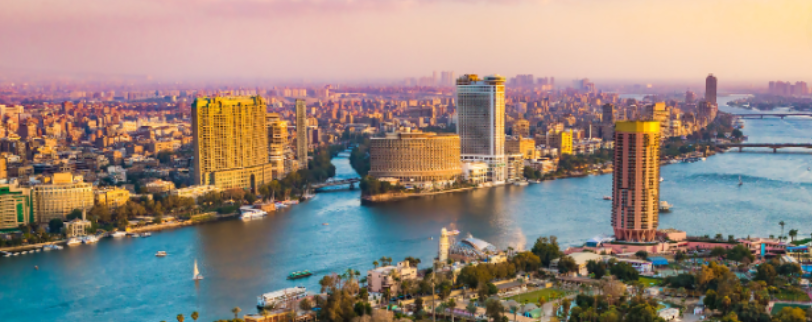
Egypt’s new fiscal plan prioritizes social protection at the expense of CAPEX amid the cost-of-living crisis
B2G firms targeting Egypt should take a conservative risk management approach given likely pressures to reduce pricing and lengthen payment schedules as the government seeks to conserve FX resources. MNCs must reassess their 3–5-year plans to accommodate the expected drop in CAPEX spending and delays in public opportunities. Additionally, as repayment delays widen to as long as 6–9 months, MNCs must prepare plans to mitigate receivables risks. Particularly for public demand, the projects that are most likely to provide opportunities are those that are currently in progress or in the gas sector. B2B and B2C firms looking to use Egypt as a base to export to regional markets may benefit from the draft budget’s large increase in export subsidy allocations to EGP 28.1 billion from just EGP 6.0 billion one year previously. Limited opportunities for growth may remain in the government’s priority infrastructure categories, but all firms may continue to face difficulties in importing inputs. Additionally, accelerating inflation continues to erode consumer purchasing power.
Overview
- Overall spending is rising by 45% to reach EGP 3 trillion, while the government’s revenue target is up by a lofty 41% to EGP 2.1 trillion—70% of which is projected to come from taxation.
- The budget deficit target is 7% of GDP, lower than the 8% recorded for the previous year. FrontierView expects revenues to miss their target, resulting in a wider deficit and putting further pressure on the upcoming year’s fiscal plans.
- Social support allocations are rising by 48%, food subsidies will grow by 42%, and fuel subsidies are climbing by 400%.
- Including non-budget outlays, capital expenditure is contracting, falling to EGP 1.0 trillion from EGP 1.1 trillion in FY 2022/2023 as the state prioritizes projects that are at more than 70% completion. The contraction is more pronounced in real terms once accounting for inflation.
- Transportation will receive a third of the year’s CAPEX allocation, while construction, water, and sewage projects will receive 24%.
- Inflation is officially targeted for 16% in FY 2023/2024. However, FrontierView expects an average of 28% in 2023 and 23% in 2024.
Our View
Egypt’s draft budget for FY 2023/2024 bucks the trend seen in its most recent spending plans, with relatively fewer resources devoted to CAPEX and public investment, and greater priority given to OPEX items, such as social support payments, pensions, and salaries. FrontierView sees the government’s official revenue target as too high given optimistic projections for growth in taxes. The government will likely fall short of its targets once more, putting further pressure on procurement and overall spending abilities. Meanwhile, Egypt remains reliant on multilateral institutions and bilateral support from regional allies to plug its external funding gap, with debt servicing and repayment costs amounting to more than 100% of budgeted revenues for FY 2023/2024.
At FrontierView, our mission is to help our clients grow and win in their most important markets. We are excited to share that FiscalNote, a leading technology provider of global policy and market intelligence has acquired FrontierView. We will continue to cover issues and topics driving growth in your business, while fully leveraging FiscalNote’s portfolio within the global risk, ESG, and geopolitical advisory product suite.
Subscribe to our weekly newsletter The Lens published by our Global Economics and Scenarios team which highlights high-impact developments and trends for business professionals. For full access to our offerings, start your free trial today and download our complimentary mobile app, available on iOS and Android.

